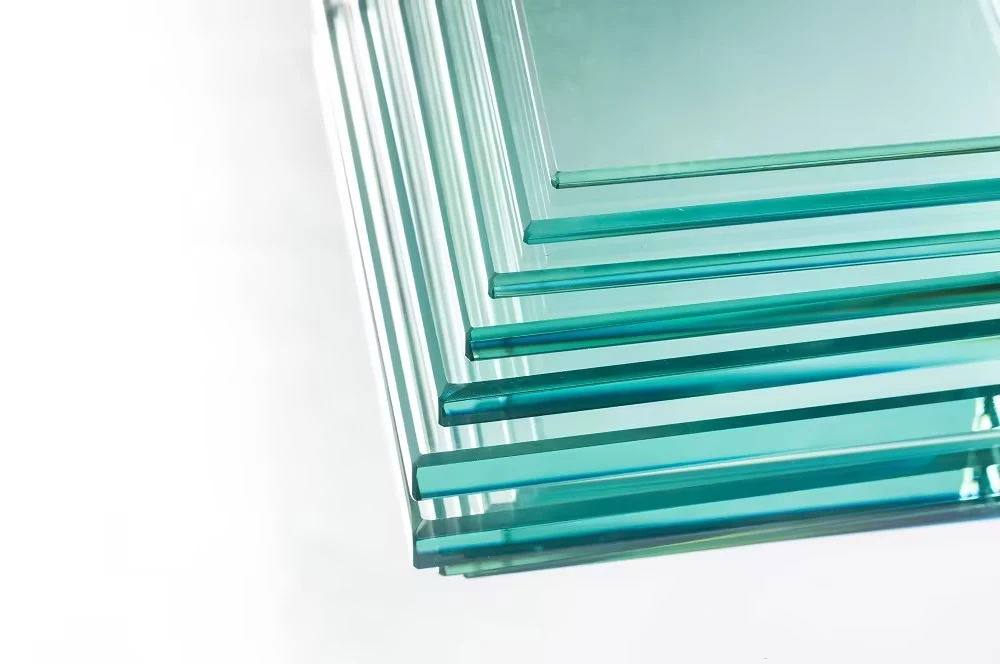

Understanding Low-E Plus Glass Benefits and Applications
Low-E plus glass, short for low-emissivity glass, is an innovative product designed for modern architecture and energy-efficient buildings. It features a specially coated surface that reflects heat while allowing natural light to pass through. This unique characteristic makes it a popular choice for both residential and commercial properties, offering numerous advantages that contribute to energy savings, comfort, and sustainability.
Understanding Low-E Plus Glass Benefits and Applications
In addition to energy efficiency, Low-E plus glass promotes comfort. Traditional windows can create temperature fluctuations near the glass surface, leading to drafts and discomfort for occupants. By improving thermal performance, Low-E plus glass helps maintain a consistent indoor temperature, enhancing overall comfort. Furthermore, it minimizes glare from sunlight, allowing for better visibility and reducing eye strain, which is particularly beneficial in workspaces and schools.

The aesthetic appeal of Low-E plus glass cannot be overlooked. Its clarity and brilliance allow natural light to flood indoor spaces, creating bright and inviting atmospheres. This feature is particularly desirable in residential applications where homeowners seek to merge outdoor beauty with indoor living. Additionally, the versatility of Low-E plus glass means it can be incorporated into a variety of architectural styles, from contemporary to traditional.
Moreover, Low-E plus glass can contribute to sustainability efforts. With increasing awareness of climate change and the need for eco-friendly construction materials, using Low-E plus glass aligns with green building practices. It can contribute to LEED (Leadership in Energy and Environmental Design) certification, making buildings more attractive to environmentally conscious consumers and companies.
It's important to note that while Low-E plus glass does have a higher initial cost compared to standard glass, the long-term savings on energy bills and improvements in comfort and indoor quality often offset the investment. Many homeowners and businesses have reported a significant return on investment over time.
In conclusion, Low-E plus glass offers several advantages, including enhanced energy efficiency, improved comfort, aesthetic appeal, and contributions to sustainability. As we continue to prioritize energy-saving solutions in construction and renovation, this type of glass will undoubtedly play a crucial role in shaping the future of building performance and design. Whether you're building a new home or upgrading existing windows, Low-E plus glass is an excellent choice for creating a more efficient and comfortable living or working environment.